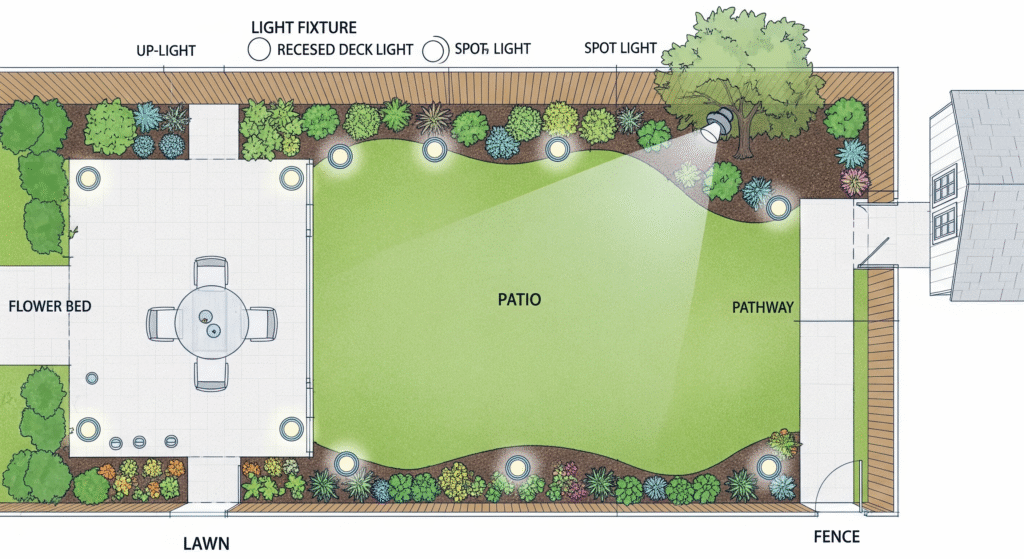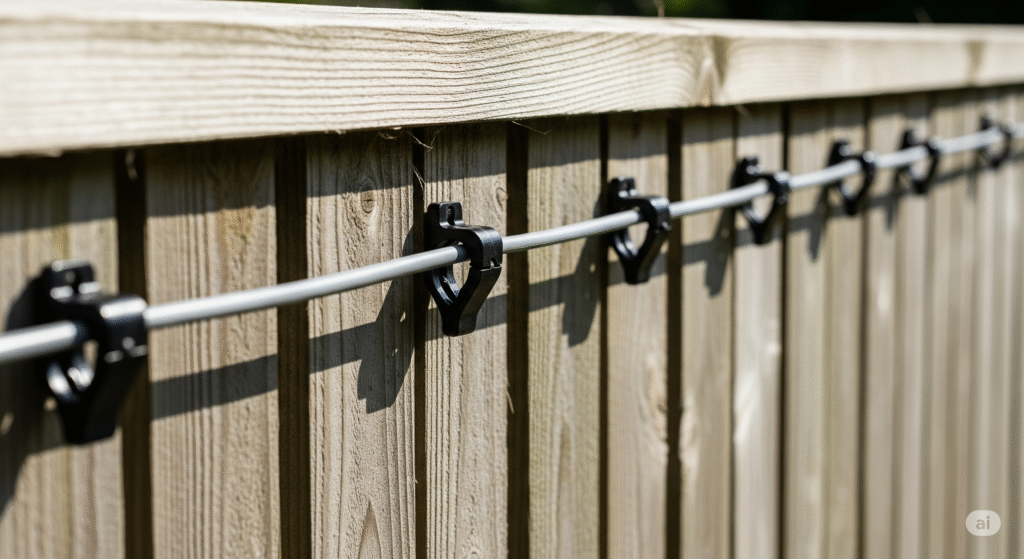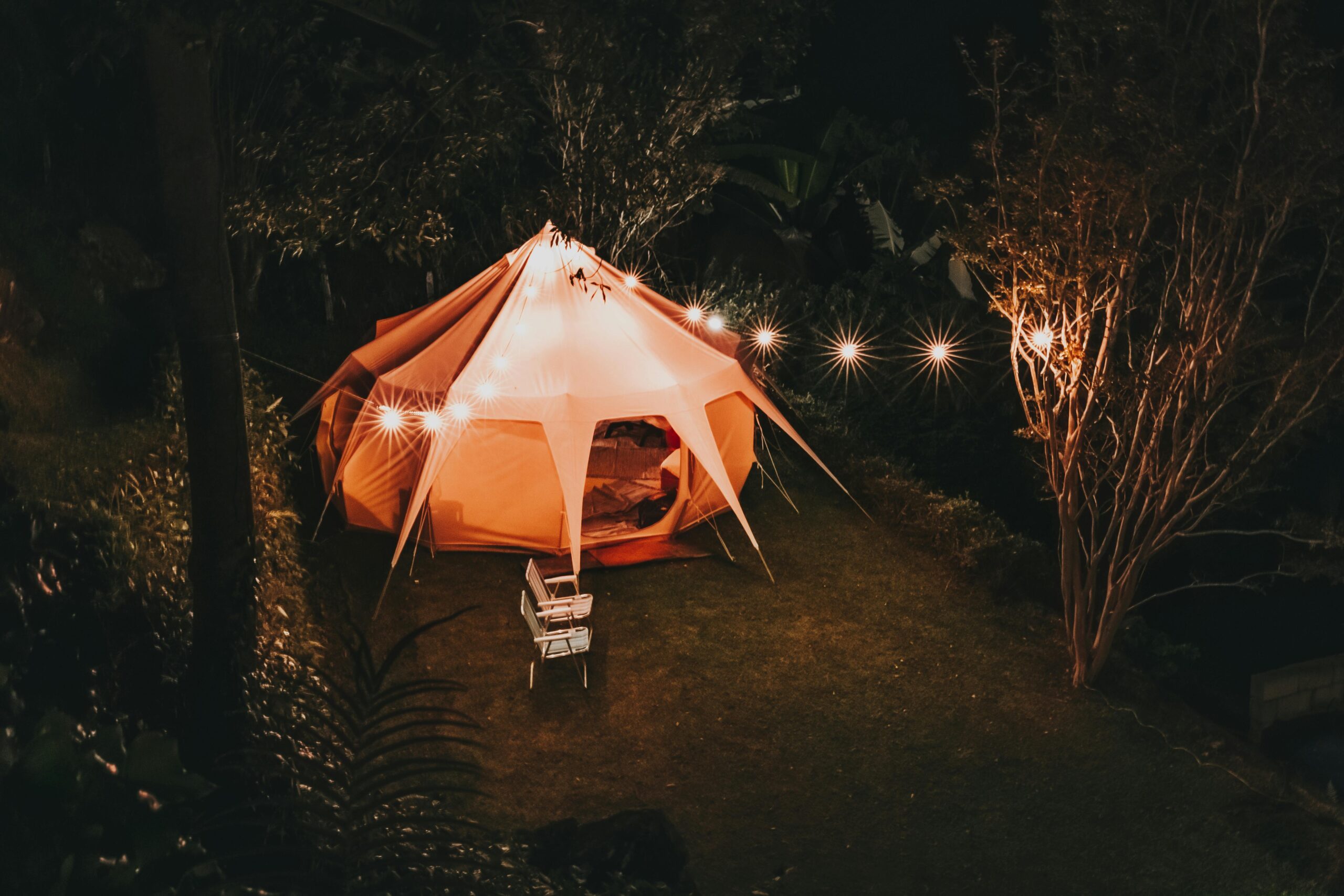How to Install Outdoor Lights: 10 DIY Tips for Safe & Stylish Lighting
Learn how to install outdoor lights with 10 simple, beginner-friendly tips. Improve curb appeal, safety, and ambiance with the right lighting fixtures and smart placement.
🏠 Why Install Outdoor Lighting?

Outdoor lights do more than just help you see in the dark. They:
- Increase home security
- Add curb appeal
- Highlight your landscaping
- Extend the usability of outdoor spaces at night
Whether it’s a string of fairy lights on your balcony or motion sensor lights in your driveway, installing outdoor lights is a DIY-friendly upgrade with big benefits.
🔧 Tools & Materials You’ll Need
Before you get started, gather these common tools:
- Screwdriver or power drill
- Outdoor extension cords
- Wire strippers (if wiring lights)
- Voltage tester
- Ladder or step stool
- Waterproof electrical connectors
- Mounting hardware
- Zip ties or cable clips
- GFCI outlet (for plug-in lights)
💡 10 Simple Tips to Install Outdoor Lights Safely & Easily
1. Plan Your Lighting Layout

Before installing anything, take a walk around your yard in the evening. Identify:
- Dark or unsafe areas
- Entry points like doors and driveways
- Decorative spots like garden beds or fountains
📝 Tip: Sketch a rough layout showing where you want to place each light. This makes installation smoother and helps prevent over-lighting or wiring mistakes.
2. Choose the Right Type of Light
Not all outdoor lights are the same. Choose the type that fits your goal:
| Light Type | Best Use |
|---|---|
| Path Lights | Walkways, driveways |
| Wall Sconces | Front/back doors |
| Floodlights | Security lighting |
| String Lights | Ambience on patios/decks |
| Spotlights | Accent lighting for plants |
| Solar Lights | Eco-friendly, easy to install |
3. Use Only Outdoor-Rated Fixtures
Make sure the lights and cables are labeled for “outdoor use” or “wet/damp locations.”
These fixtures are:
- Weatherproof
- UV-resistant
- Made to handle temperature fluctuations
⚠️ Never use indoor lighting outside — it’s a fire and shock risk.
4. Install GFCI Outlets
GFCI (Ground Fault Circuit Interrupter) outlets are required for outdoor electrical safety. If you don’t already have one outside, consider hiring an electrician to install it.
💡 Tip: Use smart plugs or timers with your GFCI outlet for hands-free lighting control.
5. Go Solar for Easy Installations
If you’re a beginner, solar lights are your best friend:
- No wiring needed
- Eco-friendly and energy-saving
- Ideal for walkways, driveways, and gardens
Just push them into the ground and let the sun do the work.
6. Hide Wires for a Clean Look

Messy cords not only look bad — they’re also a tripping hazard.
To keep it neat:
- Use cable clips to secure wires along walls or fences
- Bury low-voltage wires 6 inches underground
- Wrap wires in weatherproof conduit for added protection
7. Use Timers or Smart Lighting Systems
Don’t want to remember to turn the lights on and off? Use:
- Smart plugs with app control (Alexa, Google Home compatible)
- Dusk-to-dawn sensors
- Mechanical or digital timers
These tools help save energy and increase security while you’re away.
10 Easy DIY Storage Ideas to Organize Every Room on a Budget
8. Add Accent Lighting for Style
Accent lights create beautiful effects and increase nighttime usability.
Try:
- Uplighting trees or walls
- Backlighting sculptures or fountains
- Step lights on stairs for safety and ambiance
🎨 Use warm white LED lights (2700K–3000K) for a cozy glow.
9. Check Voltage & Load
If you’re wiring multiple lights, calculate total wattage:
- Make sure it doesn’t exceed the capacity of your transformer or circuit.
- Use a low-voltage system (12V) for DIY landscape lighting — it’s safer and easier to install.
Always turn off power at the breaker before working with electricity.
10. Seal All Connections from Moisture

Water and electricity don’t mix. Use:
- Weatherproof junction boxes
- Silicone sealant
- Wire connectors with gel inside
Also, inspect your lights every few months for damage or rust.
FAQs About Installing Outdoor Lights
❓Can I install outdoor lights myself?
Yes! Solar, string, and plug-in lights are easy to install yourself. For hardwired systems, you may need an electrician — especially if installing new outlets or digging up wiring.
❓How far apart should path lights be?
Typically, 6 to 8 feet apart works well. You want a consistent glow without overlapping too much.
❓What’s the best wattage for outdoor lights?
For most home applications:
- Path lights: 3–15 watts
- Floodlights: 40–80 watts
- Wall lights: 40–60 watts
Use LEDs — they save energy and last longer.
❓How do I keep bugs away from outdoor lights?
Use yellow-toned “bug lights” or warm LEDs under 3000K. Also, avoid placing lights too close to doors and windows.
❓Can outdoor lights increase home value?
Yes. Well-planned lighting boosts curb appeal, improves safety, and creates inviting spaces — all attractive features to potential buyers.
📚 External Resources
- Energy.gov – Outdoor Lighting Tips
- HGTV – Backyard Lighting Ideas
- This Old House – DIY Landscape Lighting
🏁 Final Thoughts
Installing outdoor lighting doesn’t have to be expensive or complicated. Whether you’re improving safety, adding style, or extending outdoor usability, the right lighting setup can make a big difference.
Start with a simple project like solar path lights or string lights over your patio. You’ll be amazed how a little light can transform your evenings.
